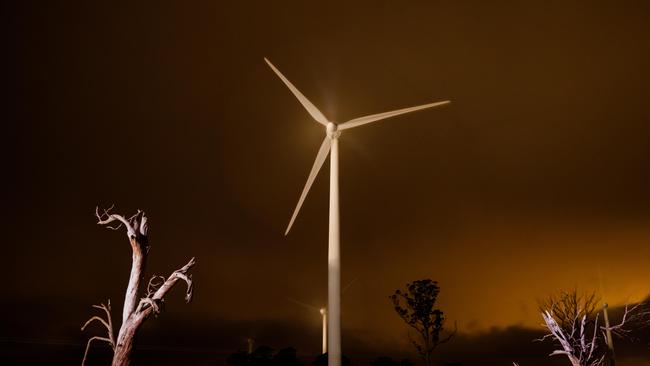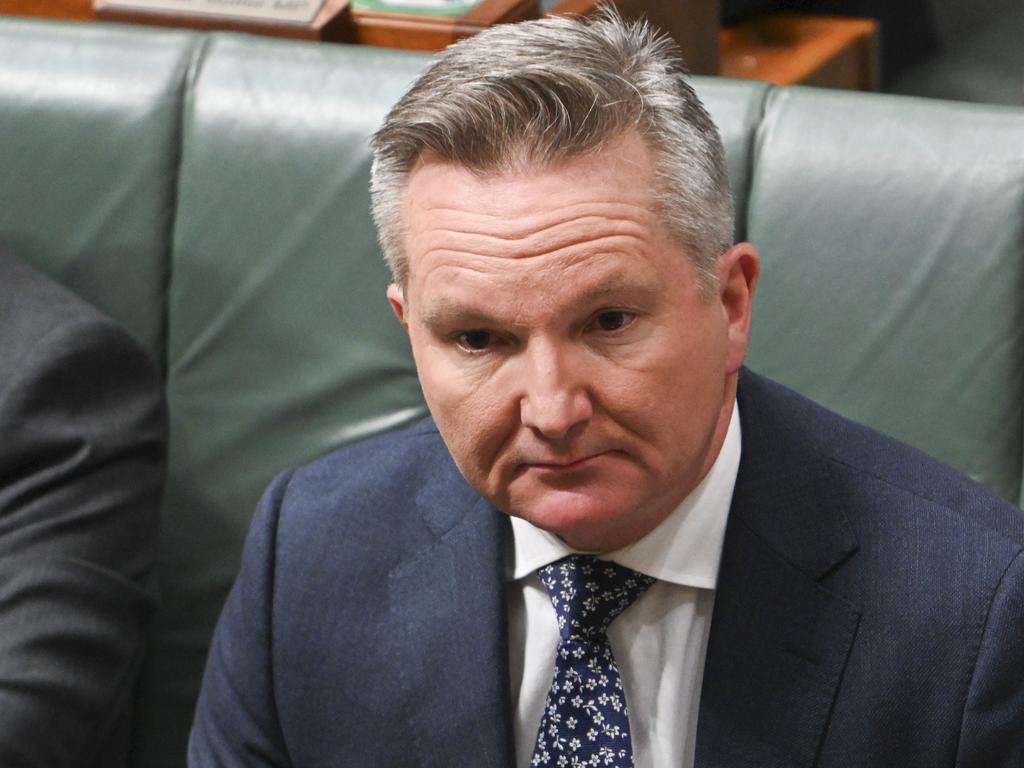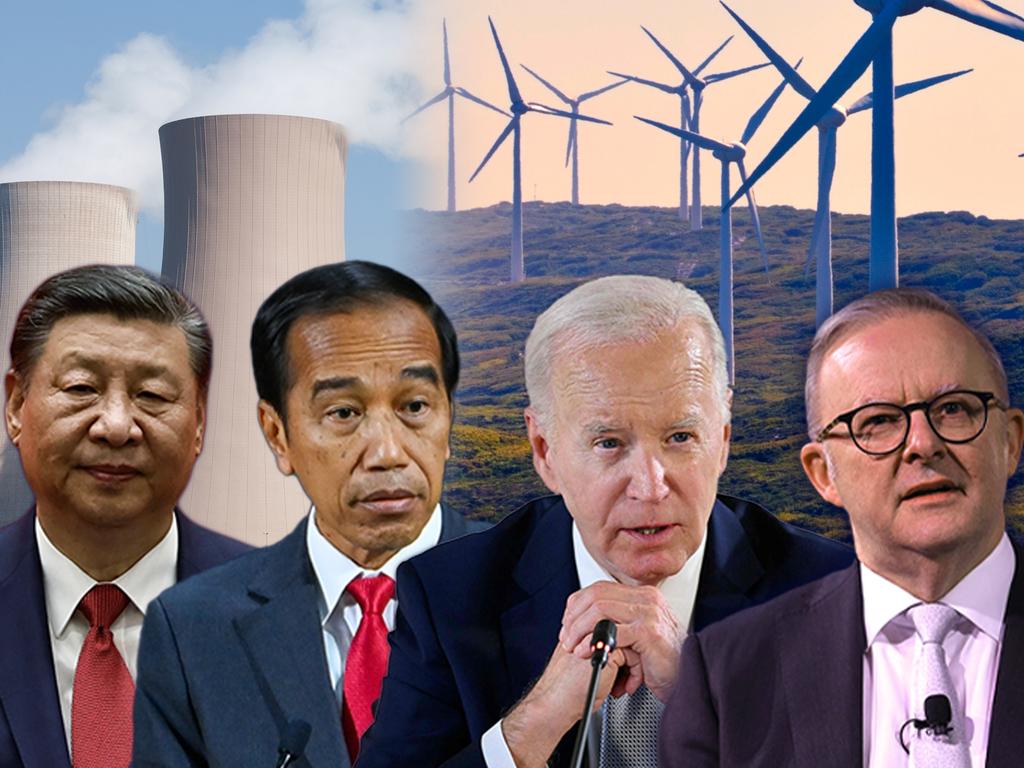
“The truth,” Pilate replies. “What is that?”
Consider what the author had in mind. Pilot has Christ, aka The Truth, standing right in front of him and he cannot see it.
If you prefer the movies to scripture then truth is also on trial in A Few Good Men when Colonel Nathan Jessup cracks under cross-examination by Lieutenant Daniel Kaffee.
Jessup: You want answers?!
Kaffee: I want the truth!
Jessup: You can’t handle the truth!
Confronted with uncomfortable truths, many prefer their own version of reality.
And so it was when the Energy Institute delivered its annual Statistical Review of World Energy. For over 70 years this report has done the world a great service by simply recording the energy it is consuming.
For some, the truth of this year’s report was confirmation of the extraordinary progress being made by weather-dependent generation.
The Energy Institute declared “New wind and solar installations outpaced all other additions to the global energy mix in 2023”. Carbon Brief agreed that, “In 2023, wind and solar combined added more new energy to the global mix than any other source, for the first time in history.”
This is true. Renewable energy is rising in the world’s primary energy mix, hitting 14.6 per cent, and the share of fossil fuels is falling.
But look closely and the two reports committed what was once seen as the cardinal sin of journalism, burying the lede.
The big story wasn’t hard to spot; it was in the first line of the Energy Institute’s media release.
“Record global energy consumption, with coal and oil pushing fossil fuels and their emissions to record levels,” it said.
Fossil fuel consumption in the world’s primary energy mix did fall, by 0.4 per cent, but it still accounts for 81.5 per cent of the stuff that makes the world work. Oil production increased by 1.8 million barrels a day to reach a new high of 96 million barrels a day in 2023.
Let’s stick with the zeitgeist and put the good news on coal first. In Europe and North America coal consumption “has been in constant decline over the past 10 years”. But then, this: “Global coal production reached its highest-ever level, beating the previous high set the year before.”
“Whilst China is by far the largest consumer of coal (it beat its own record set in 2022 and now accounts for 56 per cent of the world’s total consumption), in 2023 India exceeded the combined consumption of Europe and North America for the first time ever,” the report says.
The only thing that is changing with coal is where it is burnt, and not much of anything has changed with the world’s consumption of oil. It all nets out to an increase in carbon emissions, exactly the opposite of what the world says it wants to do.
In Australia this week the search for a needle of truth in the energy haystack focused on the alleged ruinous cost of nuclear energy.
Having a debate about energy costs is vital because if they continue to rise it will cripple industry and further beggar the poor. The starting point should be serious scrutiny of the cost of the renewables-dominant system the government favours and what it will do to the retail price of power.
Recall Labor’s pledge to cut power bills rested on the dubious claim that wholesale electricity prices would fall because when wind and solar generate it, the fuel is free.
This thesis was neatly summed up in the beginnings of an energy haiku penned by Climate Change and Energy Minister Chris Bowen.
“The sun and wind don’t send a bill.”
Alas, the retailer does, and prices keep going up.
Stephen Wilson, an Adjunct Professor in the School of Mechanical and Mining Engineering at the University of Queensland, has tackled this myth in a new report for the Institute of Public Affairs titled “The Ruinous Cost of Free Energy”.
He points out what all energy ministers ignore: that the cost of wholesale electricity is not set by the lowest cost of generation on the National Electricity Market. It is set by the highest. And the size of the bill for consumers and taxpayers does not rest on the wholesale price alone. Australians will pay for the total system cost.
But even the wholesale electricity price won’t fall across a year under the government’s plan, because the frequent troughs of weather-dependent generation must be covered by something and whatever that something is will be expensive.
Wilson notes the cheapest system is the one we inherit, engineered in the 20th century on a foundation of low-cost mine-mouth coal.
“It can provide bulk electricity at a wholesale cost level in round numbers of about $50 per megawatt-hour (MWh) or in other words 5c per kilowatt-hour (kWh).”
With the retirement of coal, and the rise of wind and solar, the balance has shifted to an era where gas dominates price setting, as it fires up to cover renewable generation troughs. Even if gas only “meets the last megawatt of demand, it sets the spot price for all generators operating at that moment across the entire market”.
“(If) an extra unit of gas for the marginal generator is about $10 per gigajoule (GJ), then the wholesale electricity price at that moment will be about $100/MWh, which is 10c/kWh.” So, double what we once paid and entirely a function of covering the limitations of variable renewable energy.
The truth of Wilson’s thesis played out in what happened to the wholesale price during the recent cold, still nights, but this is just a halfway house on the road to ever more expensive power. The next phase will be worse.
“If the system is to be operated only on wind, solar and hydro power, with energy shuffled in and out of large and small storage assets and devices, the generation cost averaged across the energy for the total interconnected system will approach $200/MWh (20c/kWh) or more,” the report says.
“The further the system moves away from the inherited generation system in the coal-based ‘$50 cost zone’ through the gas-based ‘$100 cost zone’ and towards the wind- and solar-based ‘$200 cost zone’, the more the actual outcomes for final consumers are likely to escalate to even higher price levels.”
Wilson concludes that the lowest cost system is the one we have, and the next-lowest cost system is one built on new baseload power plants, whether they be coal or nuclear. And the focus of this entire debate should be: How do you generate zero-emissions energy without a catastrophic fall in living standards?
No doubt Wilson’s thesis will be furiously contested. But time will out. The truth will be written in your electricity bill.








There is a moment of profound irony in the New Testament when Jesus tells Pontius Pilate he has come to bear witness to the truth.